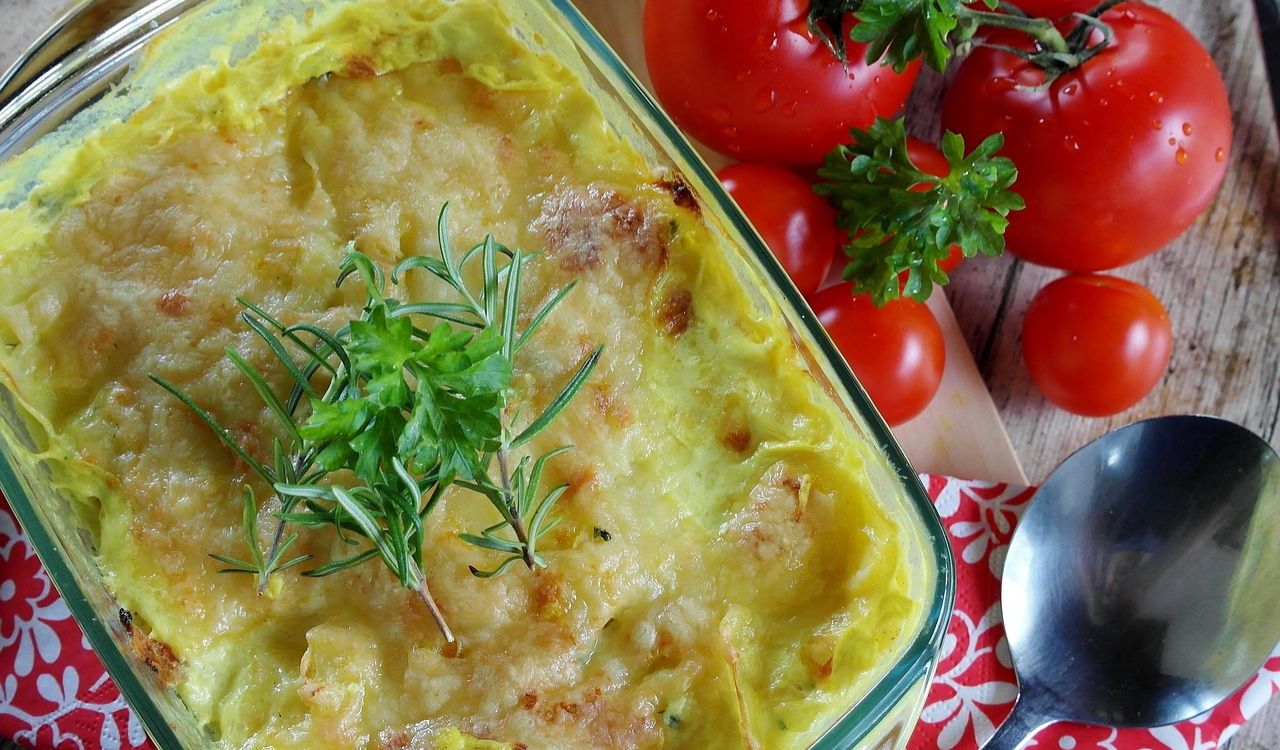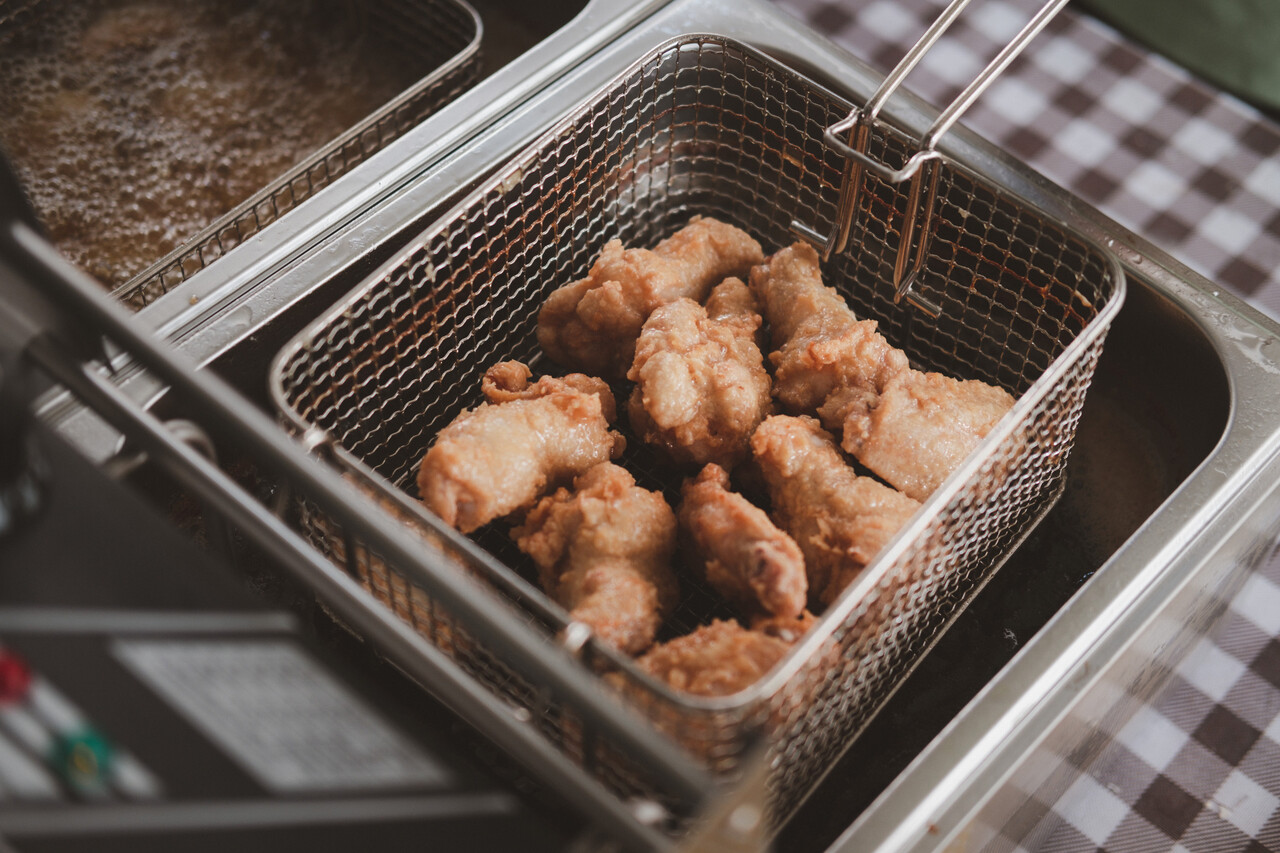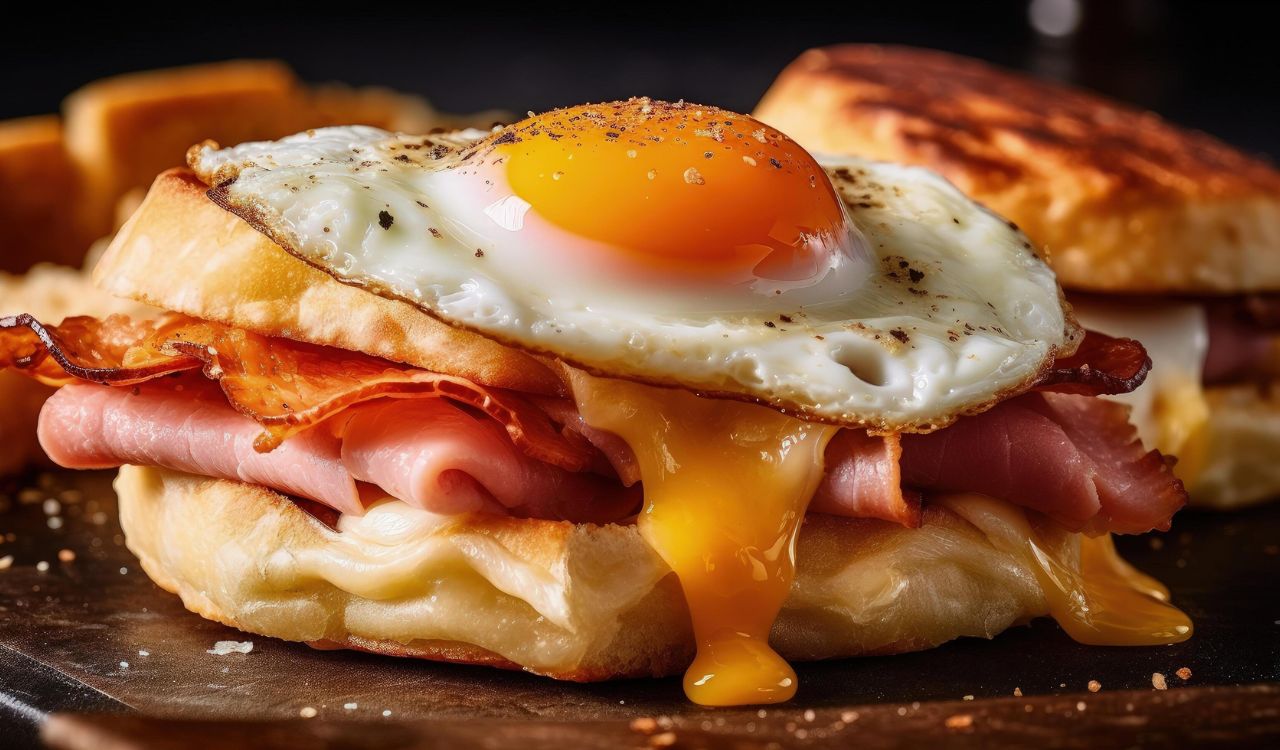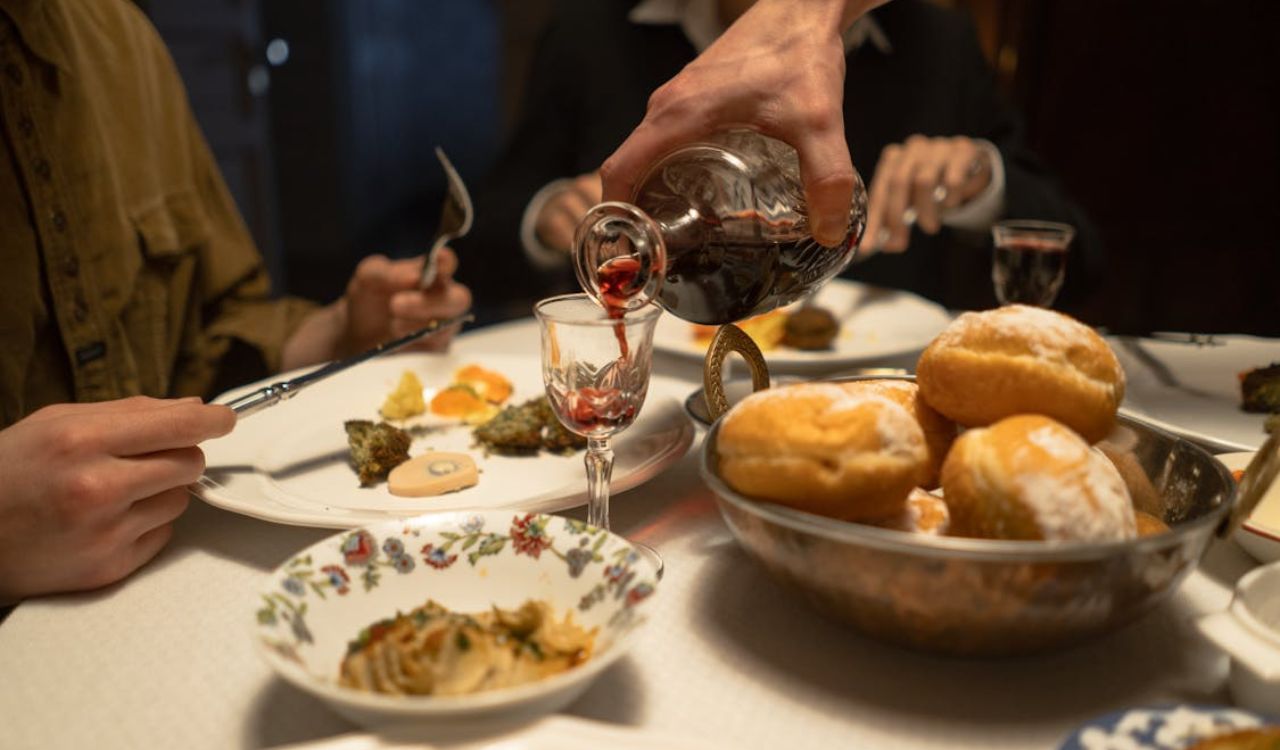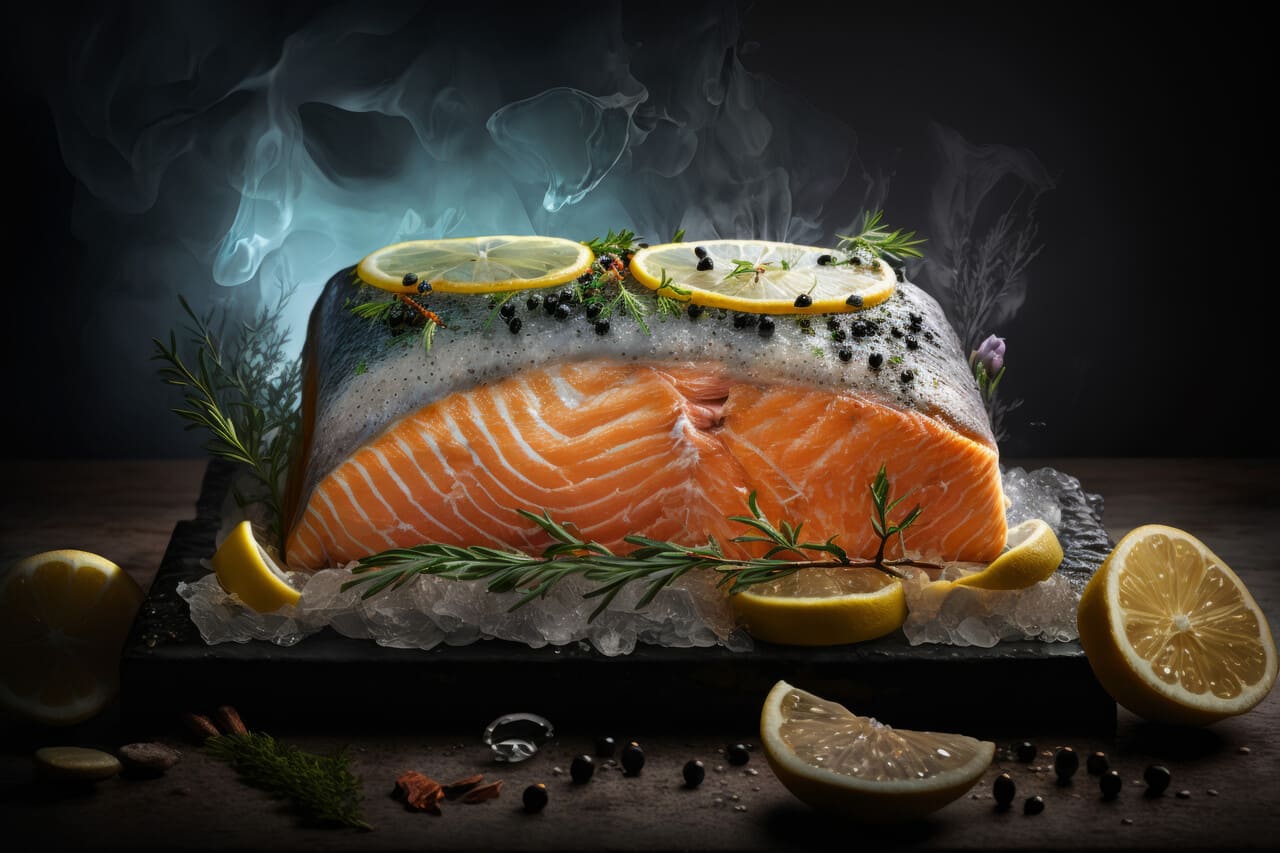10 American Foods And Habits Banned Worldwide
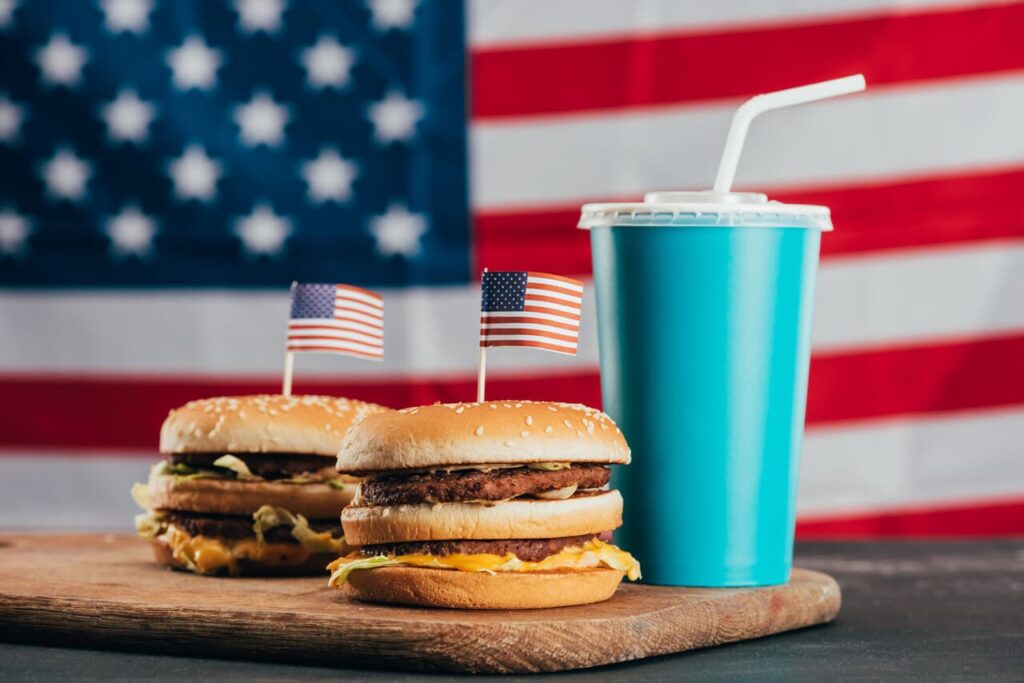
American cuisine and habits sometimes clash with laws abroad. What’s normal on U.S. tables can be restricted elsewhere due to health, safety, or cultural concerns. Raw milk, certain cheeses, and even gum have landed travelers in trouble. Some bans might seem strict, others bizarre. Understanding these restrictions helps avoid mishaps while traveling and reveals how food culture varies globally. Here are ten American foods and habits banned in other countries.
1. Mountain Dew and Brominated Vegetable Oil
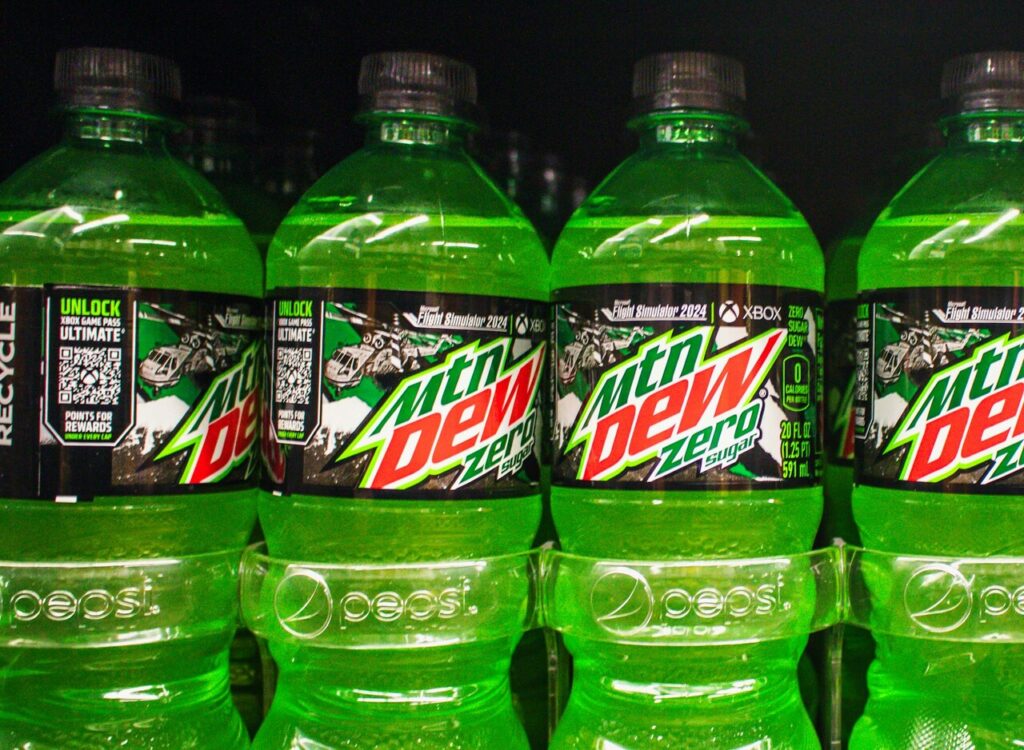
America’s love for fizzy, neon-colored sodas is not universally shared. Some versions of Mountain Dew once contained brominated vegetable oil, a chemical emulsifier that helps keep flavors mixed evenly. However, this ingredient has been linked to potential harmful effects on the nervous system and thyroid in high quantities. As a result, countries in Europe and Japan banned it from use in soft drinks. While U.S. brands have since reformulated, the fact that popular sodas once relied on such additives continues to raise questions about American food standards compared to stricter global policies.
2. Chlorine-Washed Chicken

In the U.S., it is common practice to rinse chicken in chlorinated water to reduce the risk of bacterial contamination. While effective at limiting salmonella, the method has been criticized abroad as a chemical-heavy shortcut that masks broader problems with industrial farming practices. The European Union has banned chlorinated poultry for years, citing both health and ethical concerns. For many countries, the preference is to maintain stricter hygiene standards during farming rather than relying on chemical washes at the end of production, a point that challenges American industrial food norms.
3. Farm-Raised Salmon with Artificial Dyes
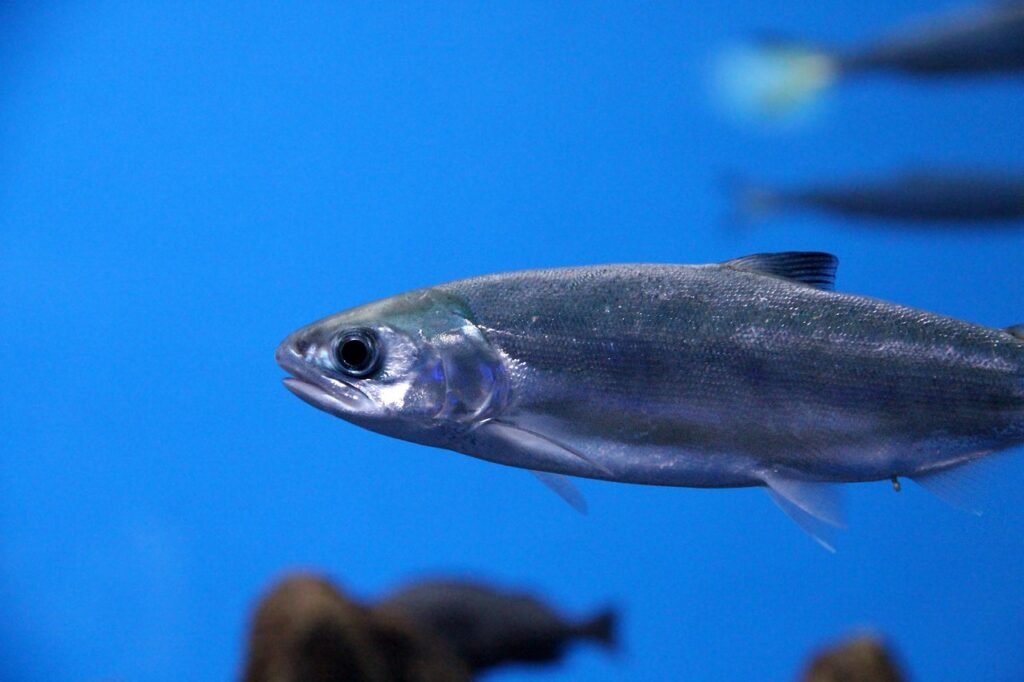
Salmon is a staple of American diets, but farm-raised varieties often lack the natural pink hue of wild salmon. To meet consumer expectations, farmers add synthetic dyes to fish feed, which creates the desired color in the flesh. The practice is banned in countries like Australia and New Zealand due to concerns around transparency and potential health risks of artificial additives. Abroad, labeling standards also tend to be tougher, requiring clear disclosure when additives are used. This contrast highlights how appearance-driven American food production differs from stricter labeling cultures elsewhere.
4. Ractopamine in Pork
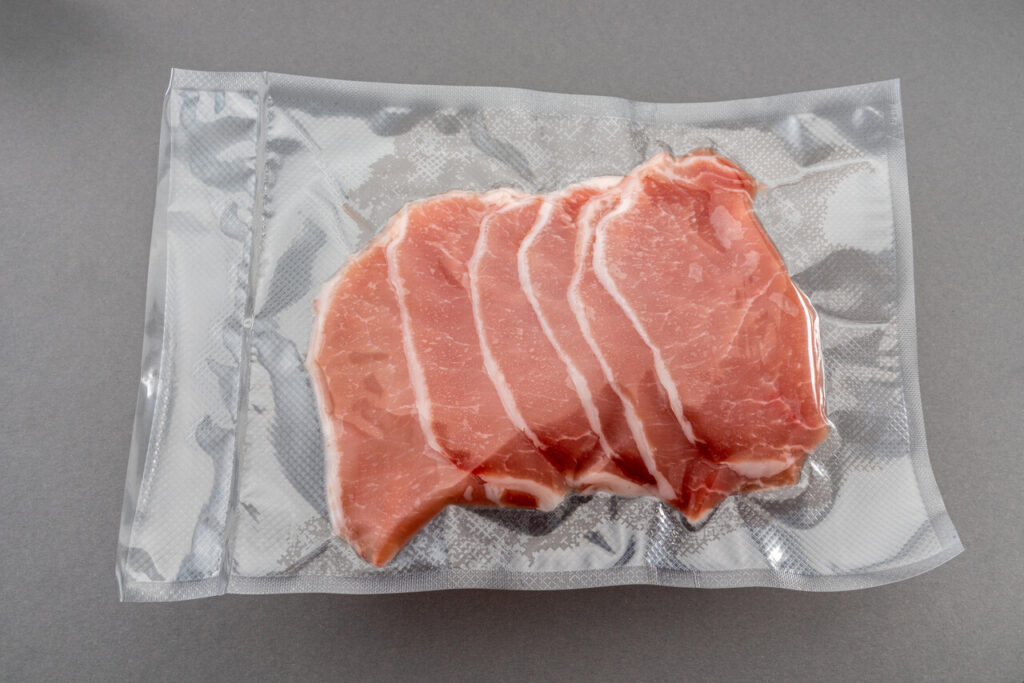
Many cuts of pork sold in American supermarkets come from pigs given ractopamine, a feed additive that promotes lean muscle growth. While it helps keep costs down for producers, the additive has been linked to cardiovascular side effects in animals and remains controversial for human health. Around 160 countries, including China and the entire European Union, ban pork raised with ractopamine. Despite safety reviews in the U.S., the rest of the world views this substance with skepticism, underscoring how American farming often prioritizes productivity over principle.
5. Little Debbie and Kinder Surprise Eggs
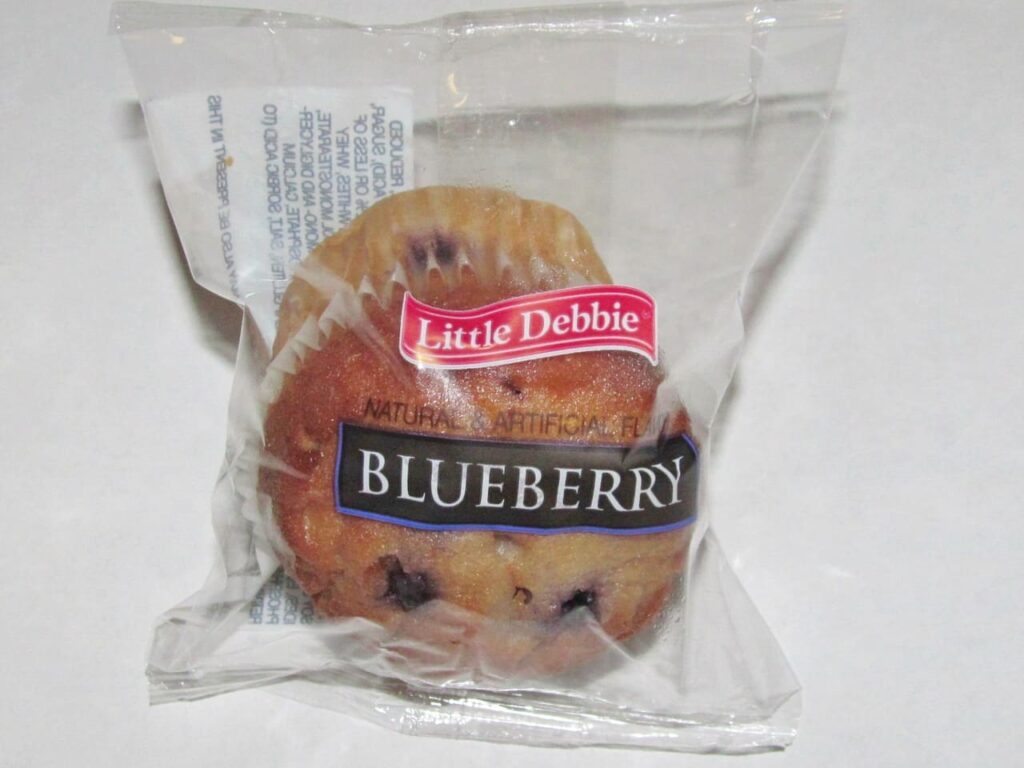
Though packaged treats seem harmless enough, not all countries agree. In the case of Kinder Surprise eggs, these chocolate shells with toys inside are banned from U.S. shelves due to choking hazard laws. Ironically, America’s own Little Debbie snack cakes, filled with trans fats and additives, face restrictions elsewhere because of their nutritional content. These examples reveal how each country’s definition of “safe” varies significantly sometimes it is about children’s safety, other times it’s about long-term public health. What may be nostalgic comfort food in one place could be unthinkable indulgence in another.
6. Artificial Dyes in Cereals
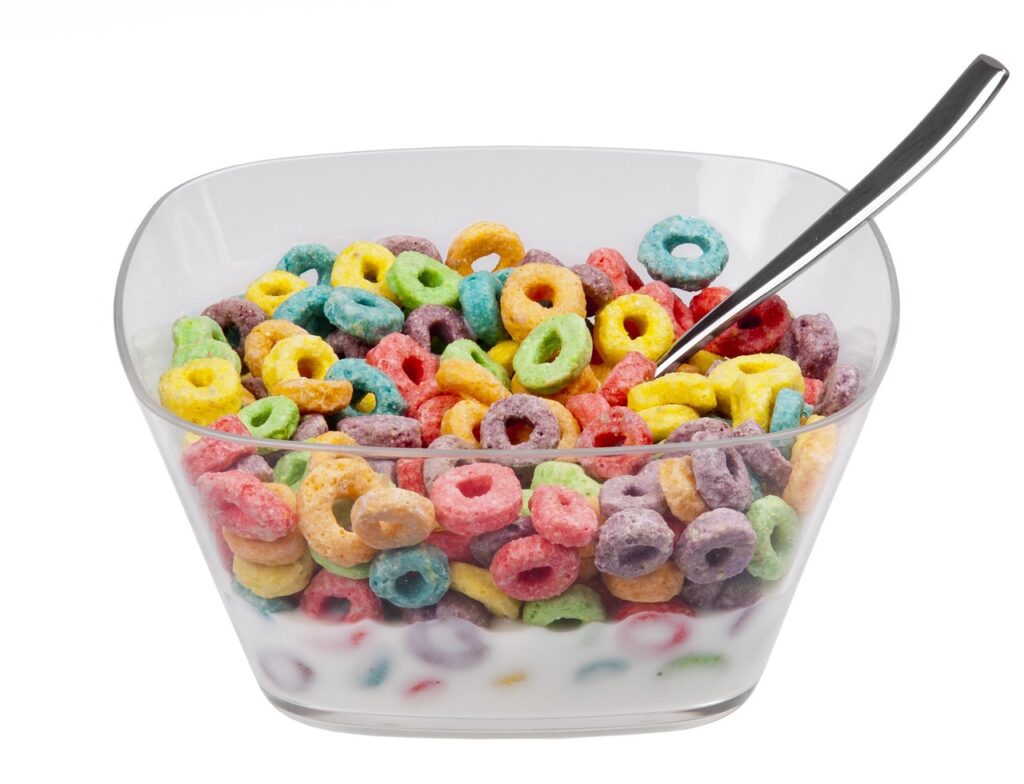
Bright cereal colors feel almost synonymous with American mornings, but the dyes behind those vibrant bowls tell a different story. Ingredients like Yellow No. 5 and Red No. 40 remain common in U.S. cereals, yet they are heavily restricted or banned in countries throughout the European Union. Research has linked these dyes to hyperactivity in children and other health risks. Instead of permitting them, Europeans prefer natural coloring agents, which shift product aesthetics in favor of safety. The persistence of these dyes in American shelves reflects resistance to stricter regulation, even against mounting concerns.
7. Foie Gras Production

While not an American invention, foie gras has a passionate fan base in the U.S. The production of foie gras, however, raises ethical issues because the fatty delicacy depends on force-feeding ducks and geese. As a result, nations like the United Kingdom, Germany, and Italy have banned its production, even if imports are sometimes still allowed. Interestingly, local bans have also been attempted in U.S. cities such as Chicago and New York. The American divide on foie gras mirrors larger global debates around animal welfare and the limits of culinary tradition.
8. Raw Milk Sales
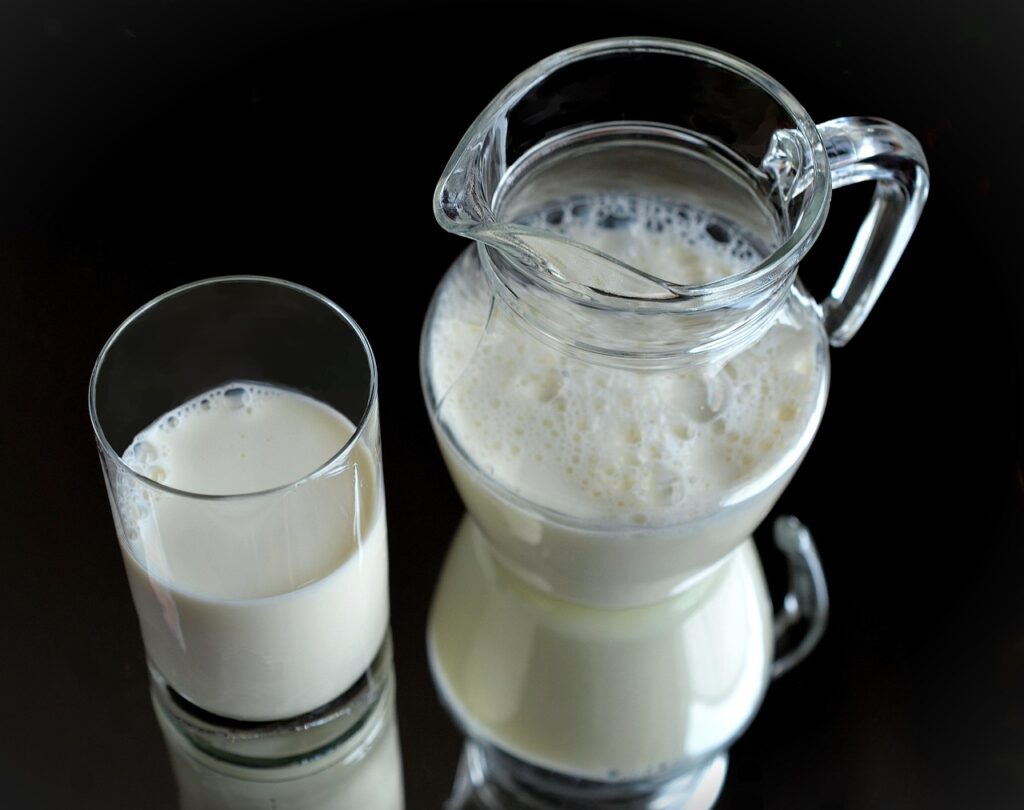
In parts of the United States, raw milk; milk that is unpasteurized, is a beloved niche product. Advocates celebrate its richer flavor and supposed health benefits, while regulators point out the significant risks of bacteria like E. coli and salmonella. Several American states restrict or ban raw milk sales. Globally, many countries also forbid it, citing public safety as paramount. Interestingly though, raw milk has strong defenders in traditional European food culture, where rules are nuanced rather than absolute. This continual argument reveals the tension between tradition, taste, and safety across regions.
9. Chloramphenicol in Food Animals

Although it is banned for use in U.S. livestock today, the past history of chloramphenicol in food production caused enough concern to inspire tighter restrictions worldwide. The antibiotic carries a rare but severe risk of causing aplastic anemia in humans. Consequently, most nations prohibit it even more strictly. The American lesson here is that allowing powerful substances into food production, even temporarily, can have global ripple effects. It underscores how countries often learn from mistakes others made and choose prevention over risk.
10. Farm-Fresh Habits: Supersized Portions
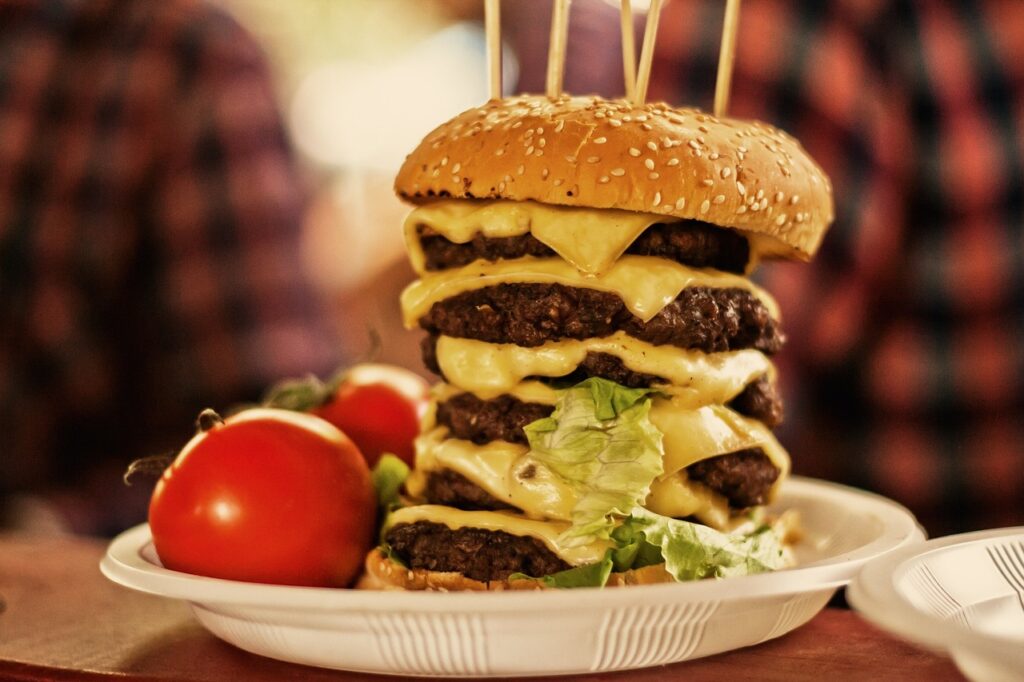
Beyond ingredients, American food culture itself comes under scrutiny abroad, most notably the habit of oversized portion sizes. In many other countries, meals are intentionally smaller, leading to healthier daily consumption patterns. American supersizing has been blamed for contributing to health problems like obesity, diabetes, and other conditions. While bans are not imposed on the portions themselves, some regions implement taxes or laws limiting sugary drink sizes. These measures illustrate how American dining customs face more resistance globally than at home.


